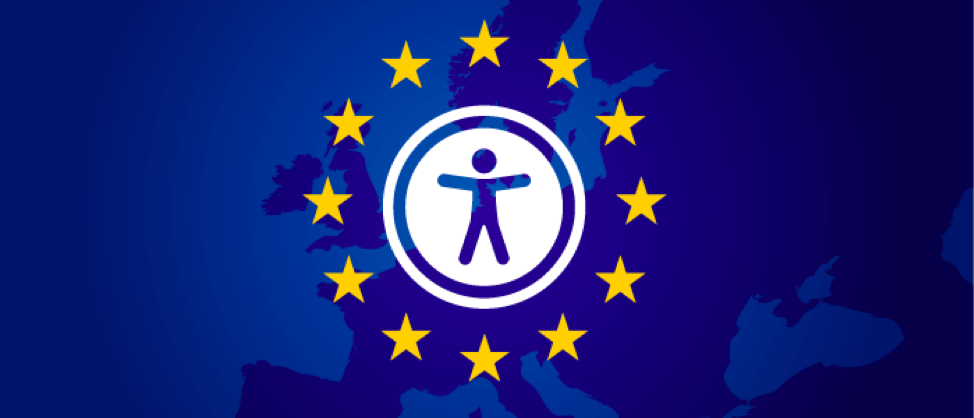EEA: The New European Regulation for Websites – What Changes for Businesses in 2025
In 2025, European companies operating online face a major transformation: the enforcement of the EEA (European Accessibility Act). Although the directive has been in place for years, it now enters its mandatory compliance phase, requiring companies to meet new digital accessibility standards that can no longer be overlooked.
What is the EEA?
The European Accessibility Act is a European Union directive aimed at making digital products and services—such as websites, apps, e-commerce platforms, virtual desks, and payment terminals—accessible to everyone, including people with disabilities. The goal is to remove digital barriers and promote inclusivity within the European single market.
Starting June 28, 2025, all companies subject to the regulation must ensure that their digital services meet specific accessibility requirements in accordance with international technical standards like the WCAG 2.1 (Web Content Accessibility Guidelines).
Who is affected?
The EEA applies to a wide range of companies, particularly those offering:
- Websites and mobile apps for banking, e-commerce, transportation, e-books, telecommunications, and digital media
- Self-service payment terminals
- Software and hardware with digital interfaces (e.g., ATMs or ticketing machines)
- Digital services provided by Public Administration (already required for some time)
SMEs are partially exempt, but they must still meet minimum criteria if they operate in regulated sectors or provide services to large companies or public entities.
What changes for businesses?
1. Website and app revision
Digital interfaces must be redesigned or updated to meet accessibility standards. This includes:
- Simplified and consistent navigation
- Proper color contrast for users with visual impairments
- Alternative text for images and videos
- Compatibility with assistive technologies (screen readers, Braille keyboards)
2. Documentation and compliance
Companies must be able to prove compliance with the EEA through technical documentation, accessibility reports, and independent audits.
3. Penalties and liabilities
Non-compliance may result in financial penalties, mandatory corrections, and reputational damage. Regulatory authorities in each EU country may intervene with inspections and corrective actions.
The benefits of compliance
Although it may seem burdensome, EEA compliance is a strategic opportunity for businesses:
- Larger audience reach: over 15% of the European population lives with some form of disability
- Improved UX: accessible interfaces are more intuitive, faster, and more user-friendly for everyone
- SEO advantages: Google rewards accessible websites with better rankings
- Social responsibility: accessibility is a key pillar of corporate sustainability and ethics
How to prepare for the EEA
To effectively prepare for compliance, companies should:
- Conduct an accessibility audit of their digital platforms
- Work with experts in web accessibility to implement technical and design improvements
- Train internal staff on inclusive practices and regulatory requirements
- Update documentation and schedule periodic compliance checks
Conclusion
The enforcement of the EEA marks a turning point for the European digital landscape. Companies that adapt in time will not only avoid penalties but will also gain a competitive edge, improve service quality, and demonstrate commitment to inclusivity.
Accessibility is no longer optional: it is a shared responsibility and a powerful growth driver for the businesses of tomorrow.







